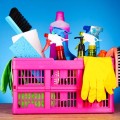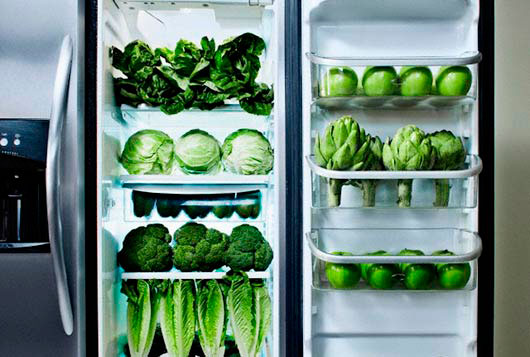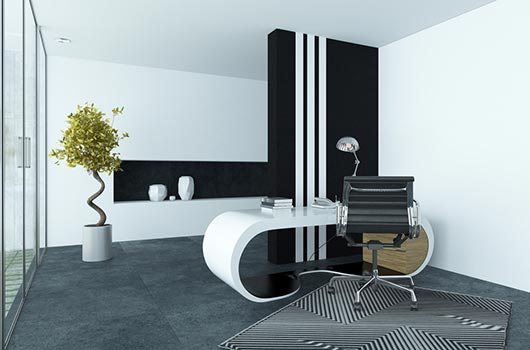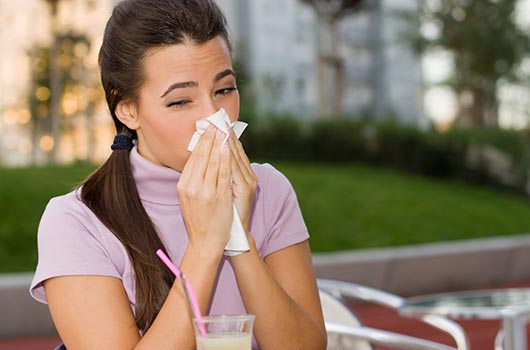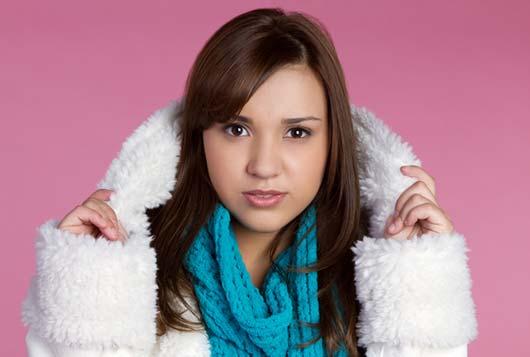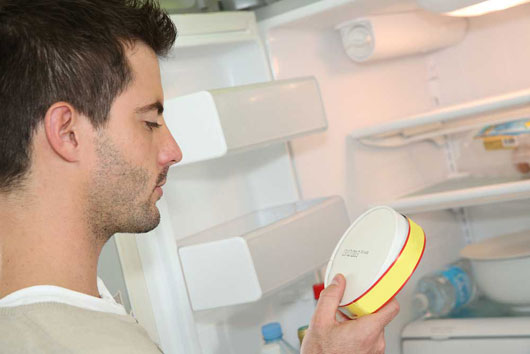
On May 2, 1885, Good Housekeeping Magazine launched, and the world of home care has never been the same. The initial goal of the publication included the testing and approval of various cleaning and personal care products in order to earn them the Good Housekeeping “Seal of Approval,” which inevitably lead to boosts in the sales of products ranging from washing machines to cosmetics.
Nowadays, while we’re still concerned with the effectiveness and quality of the products we use in our homes, we’re also conscientious about the impact our cleaning supplies have on the Earth. Recently, Good Housekeeping Magazine created the Green Good Housekeeping Seal of Approval. And we couldn’t be happier that a name we trust is looking out for what we keep in our cleaning supply closet!
Read Related: Hall of Shame: Most Hazardous Home Cleaning Products
Inspired by the magazine’s initiative, we’re detoxing a bit ourselves by getting rid of some environmentally unfriendly cleaning products. Here, we share 15 ways we’re cleaning up both our houses and the planet.
1. Get rid of bleached paper towels (and toilet paper).
Bleached paper products (including maxi pads!) contain harmful chemical residues called dioxins. These are known to be incredibly dangerous so it’s worth spending a bit of extra money on unbleached paper products (coffee filters too!) or products labeled ‘oxygen bleached’ as those do not have the harmful residue.
2. Don’t use antibacterial soap. Science tells us that exposing bacteria to antibacterial agents repeatedly leads to the development of super bacteria that are immune to our antibacterial resources.
3. Get rid of products containing ammonia. When combined with chlorine (commonly in tap water and bleach, of course), ammonia creates a toxic gas called chloramine which was used as chemical warfare in World War 1. Yeah, it’s just not worth having around.
4. Instead of commercial oven cleaner: All you need is one cup (or more) of baking soda, some water and a squirt or two of liquid detergent. Start by sprinkling water generously on the bottom of the oven and covering it with baking soda, turning the surface white. Sprinkle more water on top of let it sit overnight, followed by scrubbing with a sponge squirted with a bit of soap, to clean up grime.
5. Instead of commercial mold killer: As it turns out, commercial mold killers are dangerous to have around and rarely do their job well anyway. Instead, grab two teaspoons of tea tree oil and mix it up with two cups of water in a spray bottle. Spray on moldy areas and let it dry, no need to clean anything up unless you’re seeing a film later. Tea tree oil is a natural antibacterial and antifungal agent that kills the bad guys better than the other stuff.
6. Don’t use drain cleaner. So bad! Instead, clear drains regularly with a pronged tool you can pick up at the hardware store. Just insert, twist, and pull out all the nasty gunk that’s making the drain move slowly.
7. Don’t use bleach. The smell itself should be enough to warn you it’s dangerous.
8. With baking soda, soap, vinegar, salt, lemon juice, and hydrogen peroxide you can make just about any natural cleaner. We’ve found plenty of online tutorials and ‘recipes’ for natural, non-toxic cleaning agents that work great!
9. Check out the Environmental Working Group’s Guide to Healthy Cleaning.
If you’re confused as to where to start and aren’t ready to dive into making your own cleaners, the EWG has a great guide to cleaning products that can help you make better choices when you’re shopping.
10. Avoid products with artificial fragrances. Room deodorizers essentially just fill the air with VOC’s (Volatile Organic Compounds) that can cause everything from nausea and headaches to cancer with prolonged exposure.
11. Dr. Bronner’s Pure Castile Soap is a great multi-purpose green cleaner. We’ve even used it as shampoo in a pinch.
12. Read labels carefully, even when products say Eco-Friendly or Green. While labeling laws are constantly being reevaluated and changing as product descriptions evolve, recognize that there are some buzzwords that look great but mean very little. Know your chemicals and read labels carefully.
13. Find a green laundry detergent like Arm & Hammer Essentials. Do your research and read labels to find a laundry detergent you’re comfortable using. Or find a recipe and make your own!
14. Use an eco-friendly dish detergent like Planet Ultra Dishwashing Liquid. If you’re looking for something more specific than Dr. Bronner’s above, there are plenty of earthsafe dishwashing detergents available.
15. Look for the Good Housekeeping Green Seal. We’ve always trusted the Good Housekeeping Seal so we’re excited to see how the the Green Seal gets put on more products that are in line with our own views of creating a clean home in an environmentally safe way!

